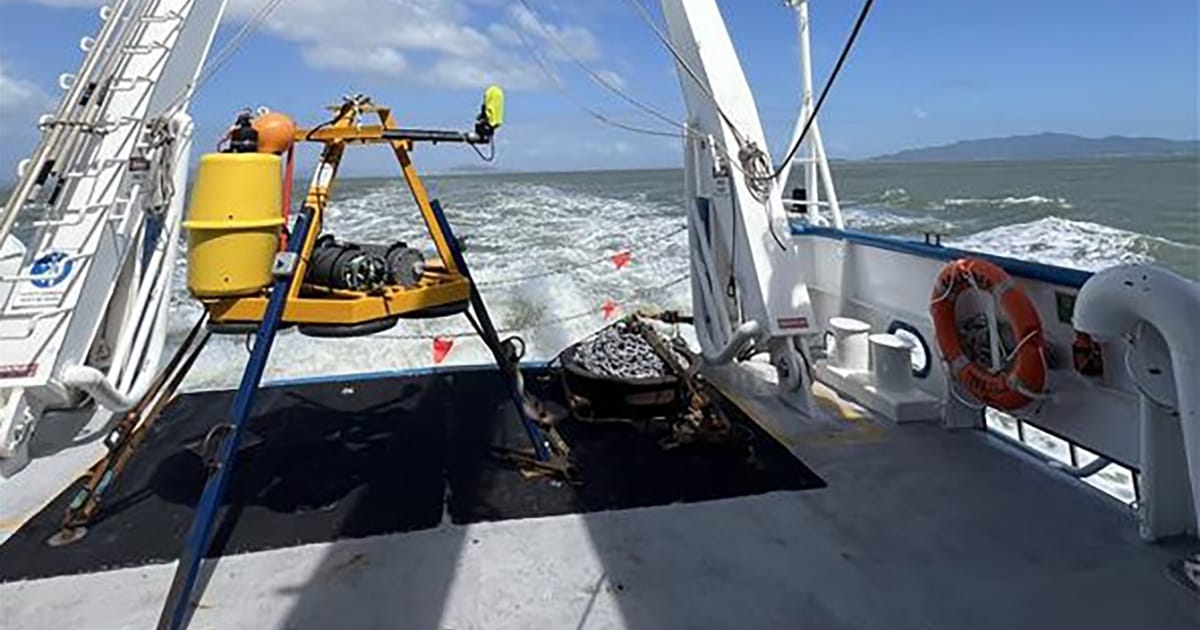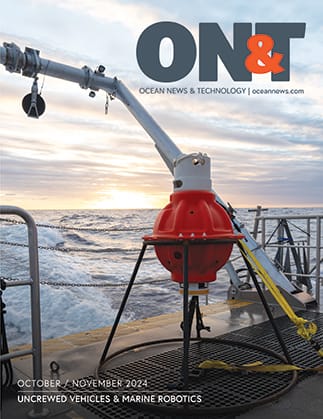While satellite data provides a wealth of information about the world, it cannot really tell us what is happening beneath the surface of the ocean in real time. This makes testing and operating uncrewed vessels, particularly autonomous underwater vessels (AUVs), challenging.
The new sensors, acquired by AIMS with the support of the Queensland Government, include a frame fitted with a hydrophone, a smart mooring that measures waves and currents, and surface buoys that measure turbidity.
RefWorks Systems Engineer Vic Grosjean said the hydrophone could detect the different acoustic signatures of marine mammals such as dugongs, dolphins, and whales, as well as identify different types of vessels and uncrewed platforms.
“At this stage we still need to retrieve the mooring to download the data it collects but, in not-too-distant future, we expect it will be able to provide live passive acoustic monitoring of both our inshore test range and our Davies Reef,” he said.
“This live data will be an important environmental management feature and has some exciting potential applications.”
ReefWorks’ newly acquired smart mooring has an acoustic doppler velocimeter (ADV) that sits in the water column to measure currents.
“Typically, our current sensors sit on the ocean bed, but at our inshore test range, it would get buried in sediment quite quickly,” Mr. Grosjean said. “We will avoid this because the ADV is suspended in the water column in one of the deepest areas of our inshore test range.”
Understanding currents in real time would inform decisions about where and when to launch small underwater vehicles and would help to quickly pinpoint and retrieve uncrewed systems that had lost contact with its operators before they start to drift.
Mr. Grosjean said the smart mooring also measured wave activity on the range.
During the deployment of the hydrophone and ADV, two buoys with turbidity sensors that had been deployed a few months previously were retrieved to measure the amount of sedimentation on the ReefWorks inshore test range.
“The data collected will help guide the construction of the new wharf to minimize sedimentation impacts,” he said.

